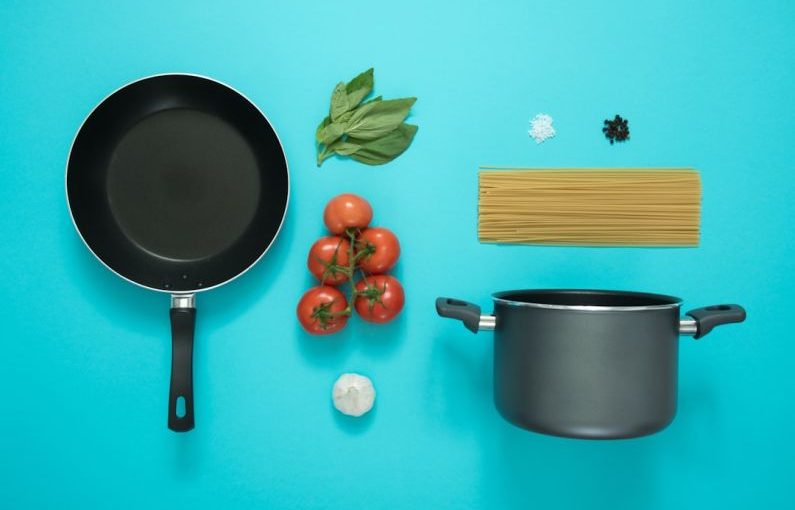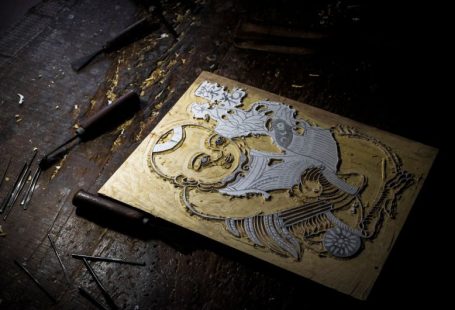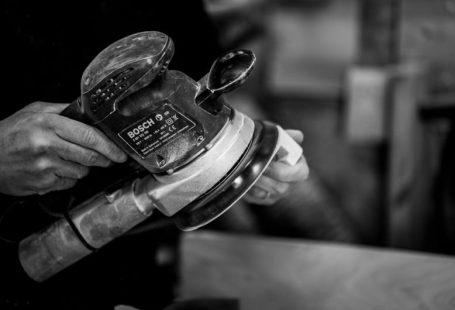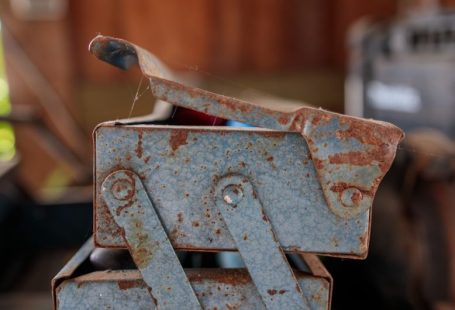Wooden kitchen utensils are not only functional tools but also beautiful additions to any kitchen. The art of crafting these utensils has been around for centuries and continues to be a popular choice for those who appreciate the beauty and durability of wood. In a world dominated by mass-produced items, there is something special about creating your wooden kitchen utensils with a personal touch. Let’s delve into the world of crafting wooden kitchen utensils and how you can infuse them with your unique style and flair.
Choosing the Right Wood
The first step in crafting wooden kitchen utensils is selecting the right type of wood. Different woods have varying degrees of hardness, grain patterns, and colors, which can all impact the final look and feel of your utensils. Hardwoods like maple, cherry, and walnut are popular choices for kitchen utensils due to their durability and attractive grains. Softwoods like pine can also be used but may not hold up as well over time. Consider the type of utensil you are making and choose a wood that will best suit its intended purpose.
Designing Your Utensil
Once you have chosen your wood, it’s time to design your utensil. Whether you are making a spatula, spoon, or cutting board, consider the functionality and ergonomics of the piece. Look for inspiration in traditional designs or create your unique shape that fits your personal style. Pay attention to details like handle shape, length, and thickness to ensure your utensil is comfortable to use. Remember, the beauty of wooden utensils lies in their simplicity, so aim for clean lines and minimalistic designs.
Tools of the Trade
To craft wooden kitchen utensils, you’ll need a few essential tools. A sharp carving knife or chisel is crucial for shaping the wood, while a saw will help you cut the wood to the desired size. Sandpaper of varying grits will be necessary to smooth out rough edges and create a polished finish. A wood burner can also be used to add decorative designs or personalize your utensils further. Don’t forget about a food-safe finish such as mineral oil or beeswax to protect the wood and bring out its natural beauty.
Adding a Personal Touch
One of the joys of crafting wooden kitchen utensils is the ability to add a personal touch to each piece. Consider incorporating carving, wood burning, or painting techniques to customize your utensils. You could carve intricate patterns into the handle, burn your initials into the wood, or paint a design that reflects your personality. Adding a personal touch not only makes your utensils unique but also creates a connection between you and the tools you use in the kitchen daily.
Caring for Your Wooden Utensils
Wooden kitchen utensils require proper care to maintain their beauty and functionality. Avoid soaking them in water or putting them in the dishwasher, as this can cause the wood to warp or crack. Instead, hand wash your utensils with mild soap and warm water, then dry them immediately. To keep the wood looking its best, periodically oil your utensils with a food-safe oil like mineral oil or coconut oil. Regular maintenance will ensure that your wooden kitchen utensils last for years to come.
Embracing the Art of Handcrafted Utensils
In a world where convenience often trumps craftsmanship, the art of crafting wooden kitchen utensils with a personal touch is a refreshing reminder of the beauty of handmade items. By choosing the right wood, designing your utensils thoughtfully, and adding a personal touch, you can create unique pieces that reflect your style and personality. Embrace the art of handcrafted utensils and elevate your kitchen experience with these functional and beautiful creations.





